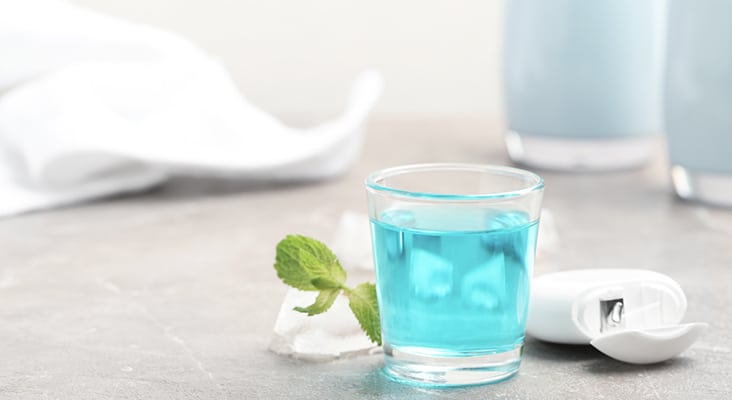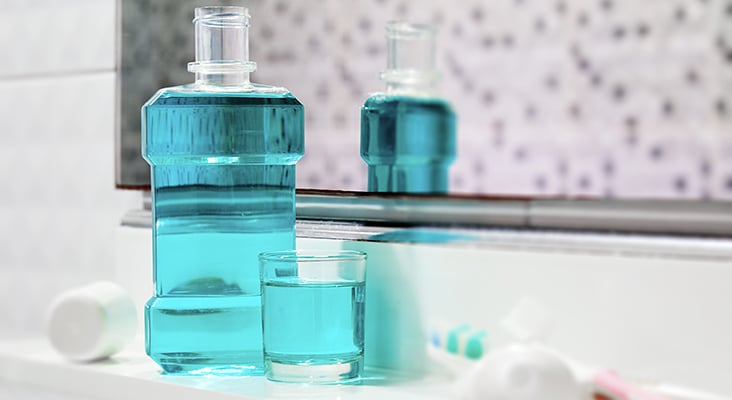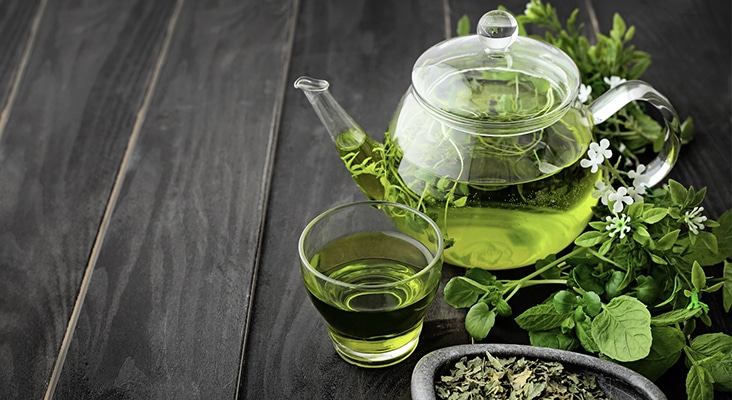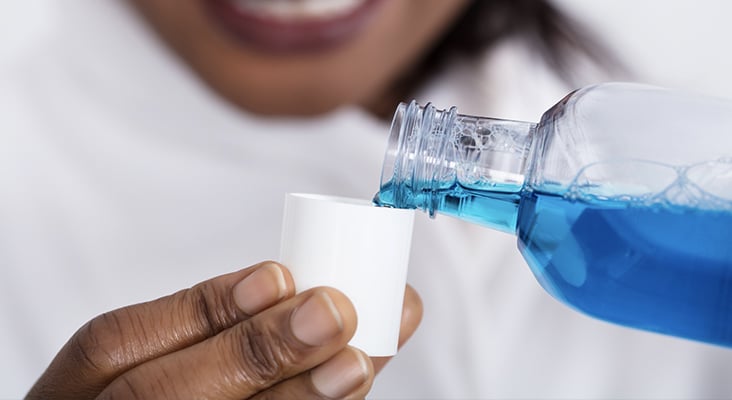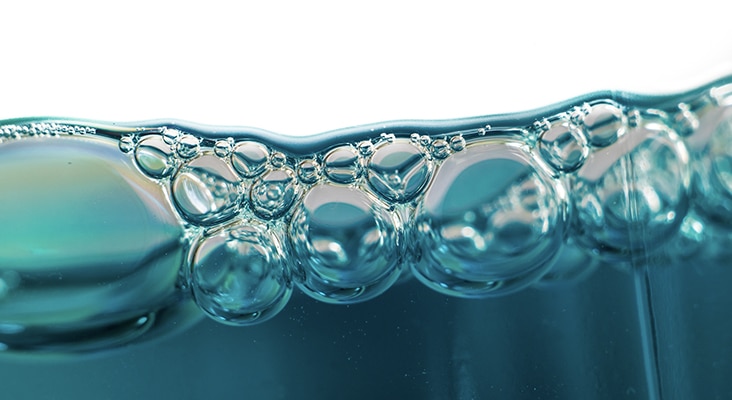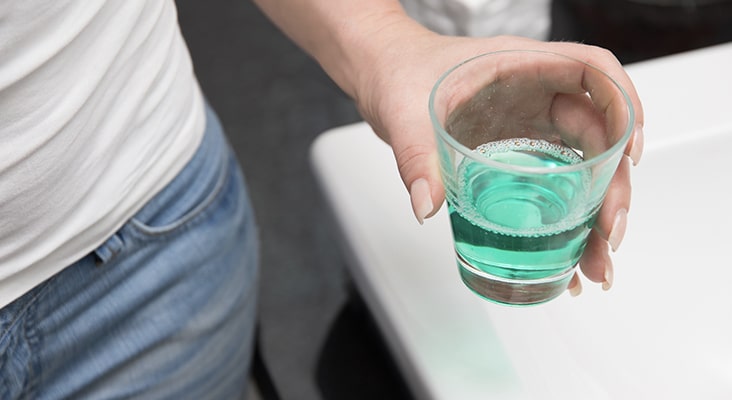Fight Caries With Mouthrinses
Different ingredients in mouthrinses can reduce cariogenic bacteria. In a study on the antimicrobial efficacy of mouthrinses containing chlorhexidine, sodium fluoride, fluoride with essential oils, alum, green tea, and garlic with lime, results showed that chlorhexidine was the most effective against Streptococcus mutans and lactobacilli, followed by the garlic with lime mouthrinse.

